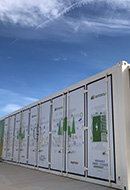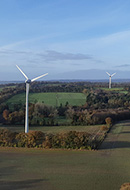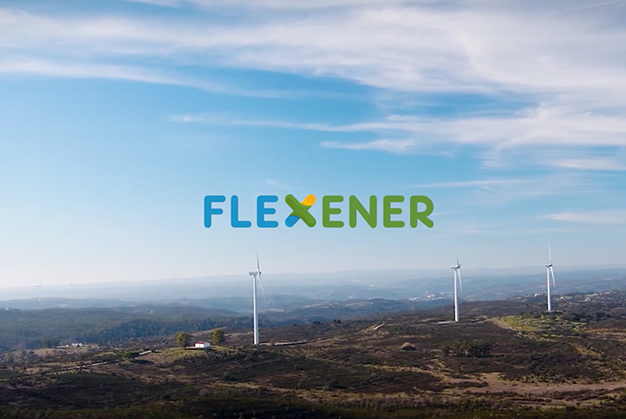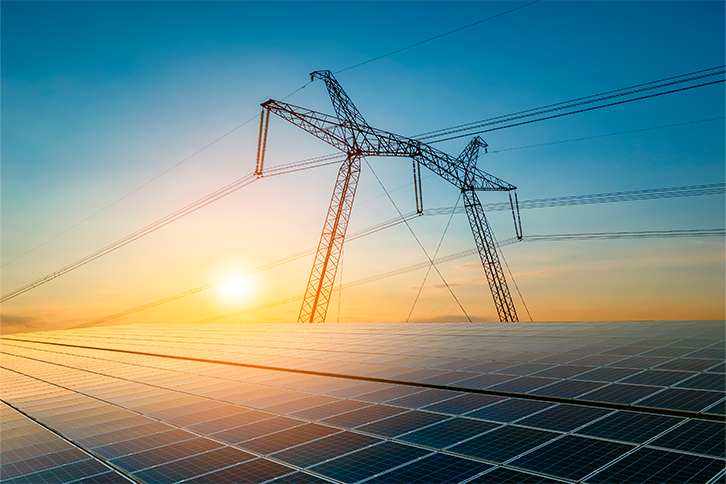Flexibility of electricity markets
Availability and efficiency: the keys to ensure a flexible energy system
International electricity markets are undergoing regulatory changes in response to the technological and social advances brought about by the global challenge of decarbonising the energy model while maintaining a sustainable and effective supply.
This challenge is promoting a need for change in the dynamics and management mechanisms that have worked until now. The dominance of renewable technologies in the energy mix, with their fluctuations and intermittency, creates a scenario in which generation may not be the only source of flexibility in an electricity system. But it also implies an important change in demand, because decarbonisation means greater electrification of energy demand, which will mean greater electricity consumption to the detriment of fossil fuels.
What do we mean when we talk about "flexibility"?
A flexible electricity system is one that has the capacity to adapt to energy demand on a constant basis, i.e., it is sufficiently flexible to supply what demand requires at any given moment. This means having resources available to carry out the task of balancing the demand that is requested.
When an energy system has a high dependence on renewable resources, it is possible that situations may arise in which not only demand coverage but also the management of excess generation will have to be addressed. Therefore, there is a greater need for alternatives capable of operating flexibly and providing back-up in times of need.
What kind of flexibility do energy systems need?
All energy systems have to balance energy flows and do so on different timescales due to their different needs and the different response capacities that can be encountered. In this way, immediate needs can be met in a matter of seconds, or minutes, such as frequency response needs, as well as capacity expansion needs foreseen for the coming years.
In the specific case of the distribution network, within weeks, days or in real time, flexibility tools can be used for more efficient operation of scheduled network work and incident management. Network planning would also have a new tool by having the possibility to optimise network investments so that reinforcements can be postponed and better use of assets can be made with a more linear load curve.
For both network operation and network planning, flexibility is a tool to make more efficient use of the network
Sources of flexibility
In order to achieve a decarbonised, efficient and secure electricity system, it is necessary to resort to different solutions capable of providing this robustness and flexibility to the operation.
The sources of flexibility available to a power system are:
 Generators, which have the capacity to vary their load and adapt to demand, as well as to provide other services such as voltage control or frequency response. A problem that arises is that renewable generators may have to lose power to provide these services or that back-up thermal generators may be required to supply demand.
Generators, which have the capacity to vary their load and adapt to demand, as well as to provide other services such as voltage control or frequency response. A problem that arises is that renewable generators may have to lose power to provide these services or that back-up thermal generators may be required to supply demand.
 Storage (pumped storage, batteries...) is a very important source because it allows absorbing excess renewable generation and supplying demand at peak times, as well as providing grid services.
Storage (pumped storage, batteries...) is a very important source because it allows absorbing excess renewable generation and supplying demand at peak times, as well as providing grid services.
 Demand response becomes very important, it can enable significant savings by shifting its load curve to consume when there is excess generation and reduce consumption when there is a lack of generation.
Demand response becomes very important, it can enable significant savings by shifting its load curve to consume when there is excess generation and reduce consumption when there is a lack of generation.

What is energy storage
Find out which storage systems are the most efficient.

Efficient decarbonisation of the economy
Efficient decarbonisation means acting on each and every sector.

Energy transition as a service (ETaaS)
Energy services that will help companies reduce their carbon footprint.

Energy self-sufficiency
The major challenges of self-sufficiency and energy security.
The Flexener project, an Iberdrola initiative
With the aim of leading the way towards climate neutrality, the European Union committed itself to reducing CO2 emissions by 2030 and thus achieving net zero emissions by 2050.
The Flexener project is an initiative led by Iberdrola that seeks to promote a fully decarbonised electricity system in Spain by providing solutions for the efficient, flexible and safe integration of renewable generation technologies into the Spanish electricity system and the necessary investments in grids to achieve an efficient energy transition. The project, with a budget of €7.7 million, is part of the Missions programme promoted by the CDTI, part of the Ministry of Science and Innovation.

The Flexener project is an initiative led by Iberdrola that seeks to promote a fully decarbonised electricity system in Spain (Video only in spanish)
As it is an electricity system based on renewable sources, from generation and storage to demand and the distribution network, Iberdrola seeks to obtain scenarios that provide real-time responses to all operational and operating problems that may arise, anticipating critical situations that the system may face and identifying future needs in order to try to respond to them.
This initiative represents the public-private commitment to promote a collaborative R&D&I scheme to accelerate the achievement of the energy transition objectives. It also highlights the need to increase investment in networks above the levels of past decades in order to achieve the decarbonisation and renewable energy targets set out in the Spanish government's National Integrated Energy and Climate Plan (PNIEC).
OneNET, a pioneering european project
At the European level, it participates in the OneNET (One Network for Europe) project, whose scope is to create a fully replicable and scalable architecture that allows the entire European electricity system to function as a system in which a variety of markets allow universal participation of stakeholders regardless of their physical location, at all levels, from small consumers to large producers.
The project, which started on 1 October 2020, is funded by the European H2020 programme under agreement No. 957739, with a duration of 3 years, 70 participants and a budget of €28 million.
i-DE leads the demonstrator in Spain, which is part of the large-scale demonstrator in the western area, in which it participates jointly with Portugal and France.
The i-DE demonstration aims to test network congestion management by procuring resilience products in local markets at two different time horizons:
- Long-term: intended to be contracted well in advance, so that the DSO ensures that one or more resources are available to provide a service for a future need.
- Short-term: designed to respond to DSOs' needs close to the time of delivery.





